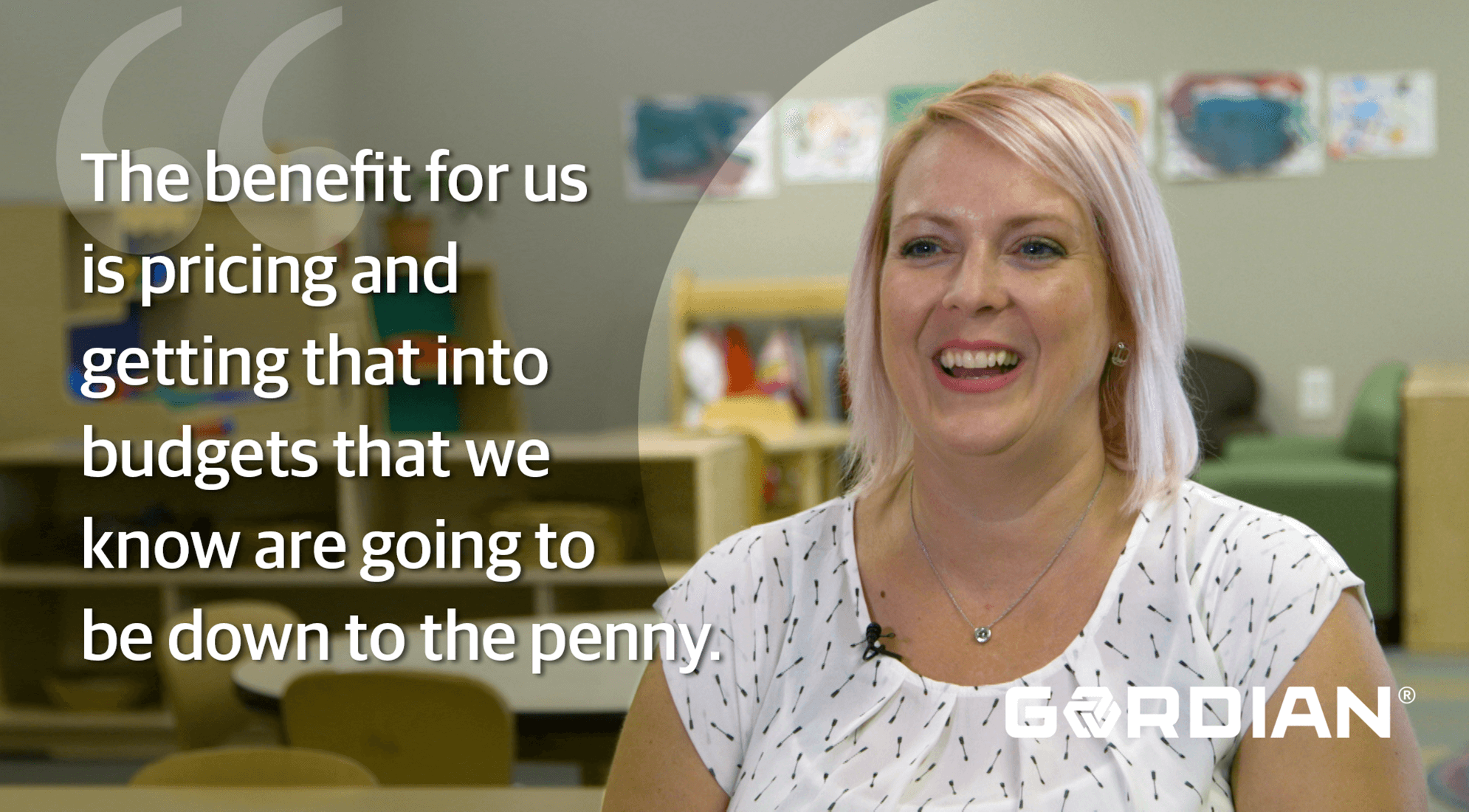To remain viable, small colleges and universities are having to make particularly tough choices about how best to utilize their existing resources. For many colleges, a close examination of how institutional space is used can be a shocking undertaking, but one that can ultimately lead to significant cost reductions. Consider this: a typical classroom is occupied less than 60 percent of the time. That’s a lot of underused space driving up costs for little return.
When being used to their fullest potential and appropriately maintained, an institution’s facilities can be a valuable asset. But getting the full potential out of these assets depends on a complete understanding of how existing space is being used to support the campus mission.
Identifying Space Needs
While it may be enticing to add more modern space as a solution to enrollment challenges, the truth is needed space often is already available but being inappropriately used. Programming evolves over time, professors adjust schedules and student demands change, but rarely do institutions examine how those changes impact the ways in which a space is used. Yet many small campuses find that by better utilizing their existing space, they’re able to reduce operational costs and better hone how their buildings support the campus’ mission.
A space utilization analysis can provide an institution’s business officers with insight into wasted space and how rethinking existing assets can help achieve cost-effectively goals previously thought out of reach. In addition, this process encourages institutions to think in the short-term about how to remove long-term liabilities.
Understand Your Space Utilization
A space utilization analysis is a tool that helps institutions uncover which areas of campus are underused, why, and how to move forward more effectively. The first step in the process is to collect unbiased data, such as details about occupancy, building conditions and instructional technology. This data provides insight on capital needs that can help determine which buildings should, or should not, be renovated.
An effective analysis should also include comparisons to like-peer institutions and involve discussion with key stakeholders and facility users about institutional goals. Together this information can be used to guide decision-makers on their ultimate recommendations for better use and function of exiting spaces.
For example, one Northeast college with a student population of 2,900 used a space utilization analysis to strike a balance between adding new space, stewarding existing buildings and investing in operations. With a data-centered assessment on the condition of building stock and state of deferred maintenance, coupled with understanding of how relocating certain offices could better centralize several departments, the college had the information needed to develop a capital allocation plan to achieve desired improvements. This data helped the school to gain confidence in decisions made about the future.
Savvy institutions can also find ways to adapt underutilized space as alternative sources of revenue during the summer and other planned vacancies. While larger universities might be better known for leasing dormitories or parking lots during summers, smaller schools will find they have options too. For example, it’s not uncommon for smaller colleges to host summer camps for younger kids as an alternate source of revenue.
Renovate or Replace?
A space utilization analysis can also give institutions the data needed to commit to a new construction project. Assessments of aging buildings, with mounting rates of deferred maintenance, might reveal the most cost-effective solution is to replace a building with a more efficient new facility.
Campus facilities added during the post-war building boom from 1950-1975 – which accounts for nearly half (40 percent) of today’s higher education space – are often found to be a lower construction quality due to the era’s huge demand for new space, fast. In these cases, complete renovations may not be able to cost-effectively help these buildings meet modern programmatic needs.
New space can, and in some cases should, be a part of an institution’s long-term strategy, but for smaller schools this approach typically should focus on renovation through replacement. Some campuses are able to eliminate underutilized space in poor condition when the building is not central to the campus’ mission. Replacing a poor-quality building with an update facility may prove less expensive in the end, as it allows the institution to construct a space that best meet program needs, maximizes utilization and eliminates the high costs of critical system failures.
Feel Sound in Your Decision
Small higher education institutions may be tempted to consider a modern space as the best recruitment tool – and in some cases they may be right. But without a thorough understanding of how existing space is being used, decision-makers won’t know with certainty whether or not they’re making a quality investment.





